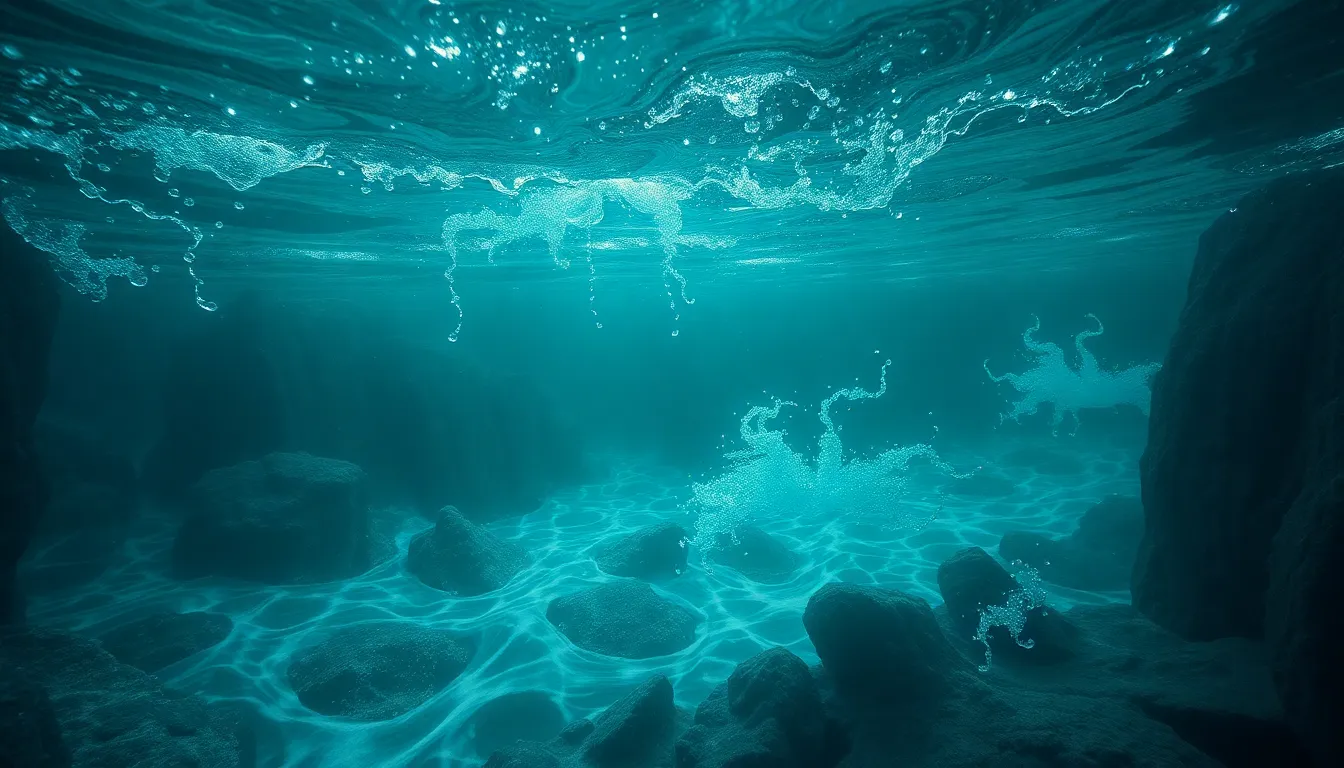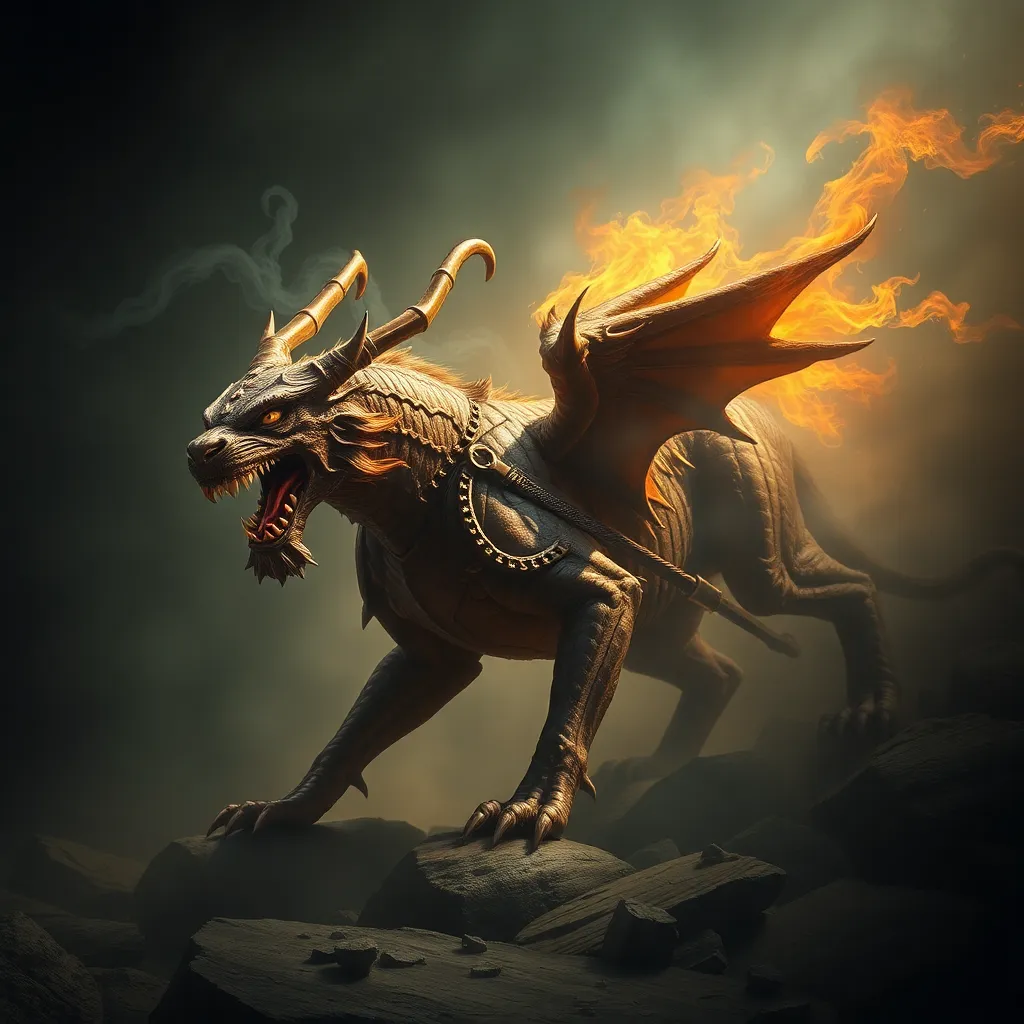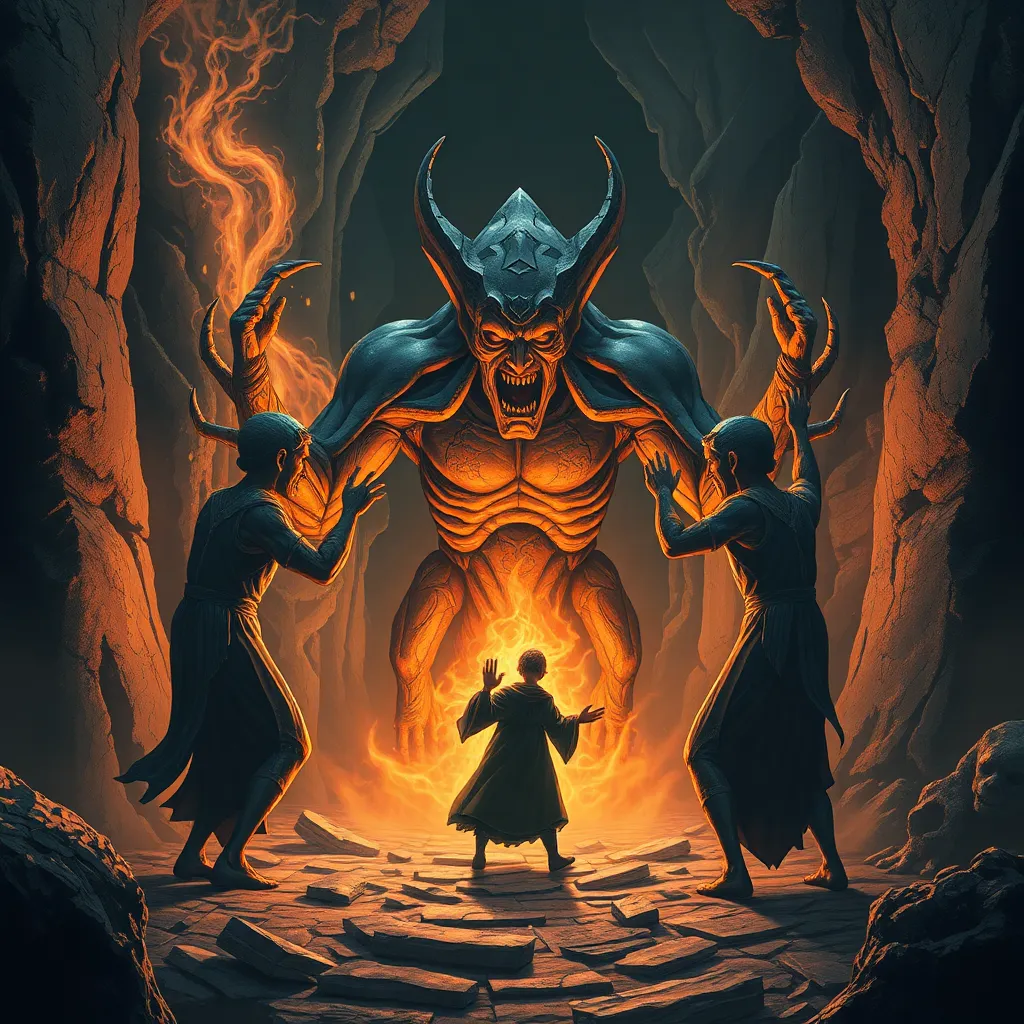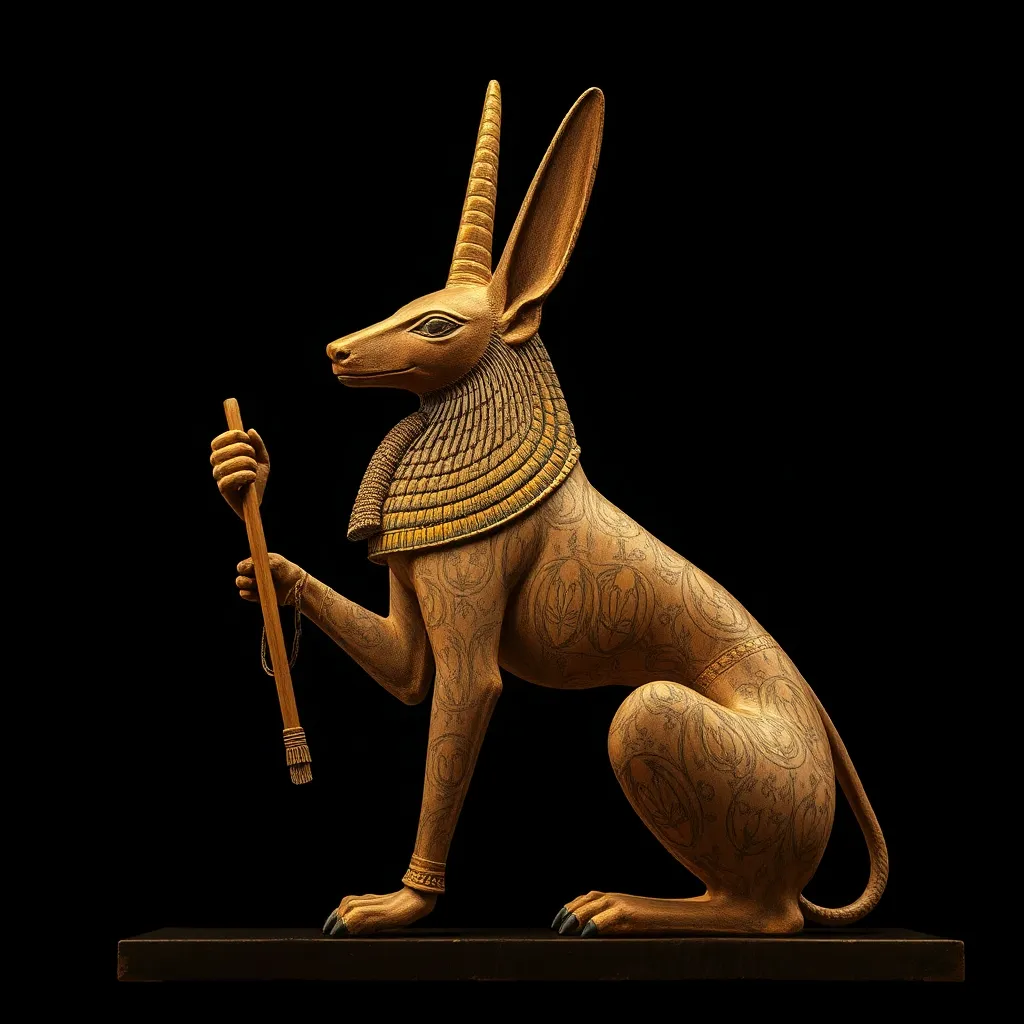Under the Waves: Exploring the Water Spirits of Celtic Folklore
I. Introduction
Celtic folklore is a rich tapestry woven with tales of magic, nature, and the supernatural. Deeply connected to the elements, particularly water, these stories reflect the ancient Celts’ reverence for the natural world. Water, in particular, holds a special place in Celtic mythology, often symbolizing life, mystery, and transformation. In this article, we will explore various water spirits from Celtic folklore, examining their characteristics, stories, and cultural significance.
II. The Role of Water in Celtic Mythology
Water is a potent symbol in Celtic beliefs, representing not just physical sustenance but also emotional and spiritual depths. It is viewed as a source of:
- Life: Vital for survival, water nourishes both body and soul.
- Mystery: Often associated with the unknown, water bodies conceal secrets beneath their surfaces.
- Transformation: Water is seen as a medium through which change occurs, be it in nature or in the human experience.
Moreover, sacred bodies of water, such as rivers, springs, and lakes, play crucial roles in rituals and ceremonies, serving as places for offerings and worship. These sites are believed to be imbued with spiritual significance, acting as gateways to other realms.
III. The Sidhe: Guardians of the Water
The Sidhe, often referred to as the fairy folk, are intimately connected to water in Celtic mythology. Known as guardians of the natural world, many Sidhe are believed to dwell in water-rich environments.
Characteristics of water-dwelling Sidhe include:
- Beauty: They are often depicted as ethereal beings of great allure.
- Protectors: Many legends portray them as guardians of lakes and rivers, ensuring their purity and sanctity.
- Tricksters: They can be mischievous, leading travelers astray or playing tricks on those who disrespect their domains.
Legends abound featuring the Sidhe in aquatic settings, such as the tale of the lake of the Sidhe, where one can hear the enchanting music that draws people into the water, often with perilous consequences.
IV. Merrows: The Merfolk of Irish Folklore
Merrows are the enchanting merfolk of Irish folklore, characterized by their dual nature. They are described as beautiful, with long hair and fish-like tails, embodying both the allure of the sea and its dangers.
Key aspects of Merrows include:
- Beauty and Danger: While they are captivating, Merrows are also known to lure sailors to their doom.
- Human Interactions: Many tales explore the relationships between Merrows and humans, often leading to tragic outcomes.
One notable tale involves a Merrow who captures a fisherman, leading to a love story fraught with danger, ultimately highlighting the themes of desire and sacrifice.
V. Selkies: Shape-shifting Seals
Selkies, originating from Scottish and Irish folklore, are shape-shifting creatures that can transform from seals into humans. Their stories often revolve around themes of longing, love, and transformation.
The symbolism within Selkie legends includes:
- Transformation: The ability to shift form reflects the desire for freedom and the complexity of identity.
- Longing: Selkies often yearn for the sea, representing the pull between two worlds.
Famous Selkie tales, such as “The Selkie Bride,” illustrate the emotional struggles between human relationships and the call of the sea, often ending in bittersweet resolutions.
VI. The Banshee: The Wailing Water Spirit
The Banshee, a well-known figure in Irish folklore, is often associated with water. Her cries are believed to signal impending death, linking her to the themes of sorrow and loss.
Key myths surrounding the Banshee include:
- The Cry: Her wail is a forewarning, echoing through the night, often heard near water bodies.
- Role in Death: The Banshee serves as a harbinger of death, guiding souls to the afterlife.
The Banshee embodies the Celtic beliefs surrounding death and the afterlife, emphasizing the deeply intertwined nature of sorrow and the spiritual world.
VII. Water Spirits in Regional Variations
Celtic regions each have unique interpretations of water spirit lore, reflecting local beliefs and environments. Differences can be seen in:
- Ireland: Emphasis on Merrows and Selkies.
- Scotland: Strong tales of the Banshee and water-based Sidhe.
- Wales: Unique spirits such as the Llyn y Fan Fach, a lake spirit.
- Brittany: Local legends of water sprites known as “Korrigans.”
Each region’s water spirits carry local significance, often tied to geographical features and the livelihoods of its people.
VIII. Conclusion
Water spirits hold a vital place in Celtic folklore, representing the profound connection between humanity and the natural world. These legends continue to resonate today, reflecting timeless themes of love, loss, and the mystery of life. As we delve deeper into Celtic mythology, we uncover not only the enchanting tales of water spirits but also the enduring relevance of these stories in our modern culture.
We encourage readers to explore further the rich world of Celtic mythology and immerse themselves in the captivating stories of water and its spirits.



